American aircraft carrier USS Gerald R. Ford has completed Aircraft Compatibility Testing, following 16 days at sea, during which the crew launched and recovered 211 aircraft, testing five different airframes.
According to the US Navy, the testing phase included the first-ever underway catapult launches and arrested landings for the T-45 Goshawk and E/A-18G Growler from Air Test and Evaluation Squadron 23 (VX-23); as well as the E-2D Advanced Hawkeye and C-2A Greyhound, from Air Test and Evaluation Squadron 20 (VX-20). Crews also tested F/A-18F Super Hornets from VX-23, which earlier had conducted initial compatibility tests on board Ford in 2017.

“This second and final round of testing validated the ship’s capability to launch and to recover aircraft with ordnance loadout and fuel states mirroring deployed requirements and operating tempos, using the Electromagnetic Aircraft Launch System (EMALS) and Advanced Arresting Gear (AAG)—two Aircraft Launch and Recovery Equipment (ALRE) systems unique to Ford. By completing T-45 testing, the Ford will be able to provide carrier qualification support to the Training Command and to student naval aviators in the jet/E-2/C-2 pipeline.”
“There are so many firsts happening, and many of them we frankly don’t even really realize,” explained Ford’s Air Boss, Cmdr. Mehdi Akacem toward the end of the testing evolution.
“We’ve had the first ever T-45, EA-18 Growler, E-2D Hawkeye, and C-2A Greyhound, and there are pilots on board this ship right now who will forever be able to say that their contribution to the Navy was to be the first pilot or NFO [Naval Flight Officer] to come aboard the Gerald R. Ford-class in that type aircraft.”


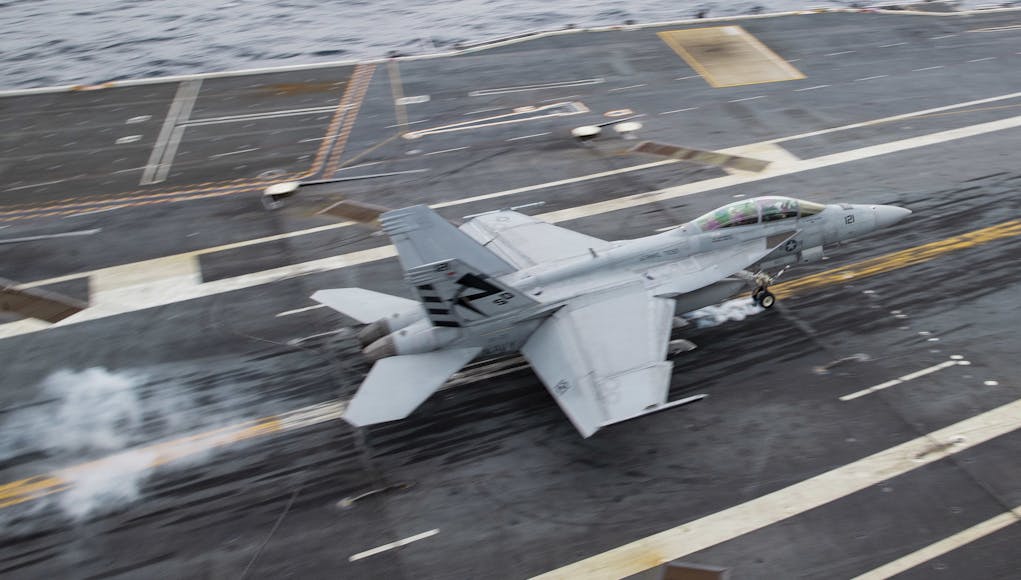


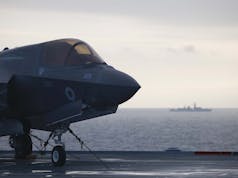
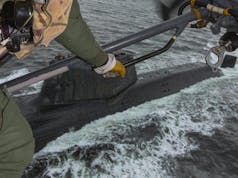

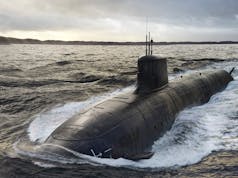


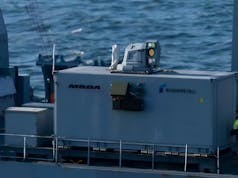


And most probably the reason why they are purchasing the F/A-18 Super Hornet Block III jet from Boeing.
“It’s not clear when the Navy expects to even start validating the launch and recovery bulletins for the F-35C. In 2014, the Government Accountability Office (GAO), a “Congressional watchdog, warned that Ford-class carriers might not have the ability to deploy with the Joint Strike Fighters until 2027 at the very earliest. The report also noted that, at the time, the Navy had not included the F-35C is in land-based testing of the AAG at all.”
https://www.thedrive.com/the-war-zone/28367/navys-f-35c-stealth-fighters-wont-fly-from-troubled-new-ford-class-carriers-for-years
This is a more accurate assessment.
https://news.usni.org/2019/06/06/nimitz-and-ford-carriers-need-upgrades-to-deploy-with-f-35cs
Thank you pkcasimir!
No mention if the EMALS is now performing to expectations, after complaints of a lack of power.
Seems EMALS has got the green light for the Ford carrier, but no mention of F35C
https://www.navalnews.com/naval-news/2020/02/emals-aag-green-lighted-for-all-cvn-78-aircraft/
Didn’t we british design and build and test an emals type system for Qewhat happened to all they work.
There was a very good article on that very question on Save the Royal Navy recently. It was once proposed that QEC would use the same EMALS as the GRF Class, a decision that was later scrapped in favour of reverting to the Harrier-era doctrine of STOVL aircraft. In hindsight, this was a very wise decision.
https://www.savetheroyalnavy.org/cats-traps-and-claptrap-why-the-royal-navys-new-aircraft-carriers-operate-vstol-aircraft/